The Western esoteric tradition has been steeped in the influences of the seven classical planets perhaps since its very inception. In fact, the planets’ influence stretches beyond the esoteric to pervade everyday life, showing up everywhere from from the archetypes they present to the very names of the days of the weeks. Given the saturation of planetary concepts in our culture and history, the existence of planetary magic should come as no surprise. In this context, planetary magic is any technique that uses the classical planets in a magical or ritual context.
Planetary magic is particularly common in the European grimoire tradition. Some, such as the Picatrix, the Arbatel, and the Greater Key of Solomon, are almost entirely focused on it, while in others the planets serve as more of a backdrop. But that’s not the only place you will find planetary magic. It shows up all over the place, from Wiccan Moon rituals to astrological magic to Tarot. Planetary magic is even found in traditional Kabbalah. Truly, planetary magic is a broad category, spread across many branches of Western occultism.
The Classical Planets
When we talk about the classical planets in the Western world, we refer to the moving celestial objects that can be seen with the naked eye. These are the Moon, Mercury, Venus, the Sun, Mars, Jupiter, and Saturn. From a modern perspective, lumping these together as “planets” feels very strange. The Moon is a satellite, the Sun is a star, and the list is missing the rest of the planets we now recognize as part of our Solar System.
Why do the so-called classical planets consist of such an unusual family? The definition of “planet” has changed over the centuries. Now that our understanding of astronomy has advanced, we understand a planet to be a celestial body of a certain size that orbits a star and has sufficient mass to assume a mostly round shape. Even this definition is still being refined and debated. If you remember the controversy about Pluto’s status as a planet, you know that we are still trying to figure out the modern definition of “planet”!
However, before the idea of a heliocentric system began to take hold, astronomers defined a planet as a “star” that moved in an orbit. The word is derived from the ancient Greek πλανήτμς (planétes), which meant something like “wandering star”. Every celestial body visible with the naked eye seemed to be a wandering star, hence the Sun and Moon were lumped in with the classical planets.
A Geocentric Cosmos
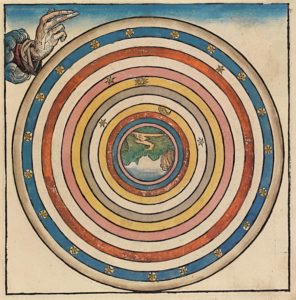 Most planetary magic was developed before Western astronomers had abandoned geocentrism. While much planetary magic continues to operate under a metaphorical paradigm that embraces Earth as the center of the Solar System – indeed, the entire Cosmos – that doesn’t mean practitioners of planetary magic believe in such outdated and blatantly disproved science.
Most planetary magic was developed before Western astronomers had abandoned geocentrism. While much planetary magic continues to operate under a metaphorical paradigm that embraces Earth as the center of the Solar System – indeed, the entire Cosmos – that doesn’t mean practitioners of planetary magic believe in such outdated and blatantly disproved science.
Instead, the classical planets are seen as visible symbols of layers of existence, meaning, and reality that stretch from the most “real” here on Earth, up beyond the most “abstract” or “ideal” layer of the Cosmos where Saturn resides. These layers are frequently referred to as spheres. It used to be thought that each of the classical planets was embedded in a crystalline sphere, each nested in the sphere before it, with the Earth at the very center.
Some mystery schools taught theurgic techniques for the practitioner to ascend through the layers of the planetary spheres to reach the divine realms beyond. To me, this is one of the most noble and fascinating of planetary magic practices, and underlines the importance of this metaphorical map of the Cosmos in modern occult practice.
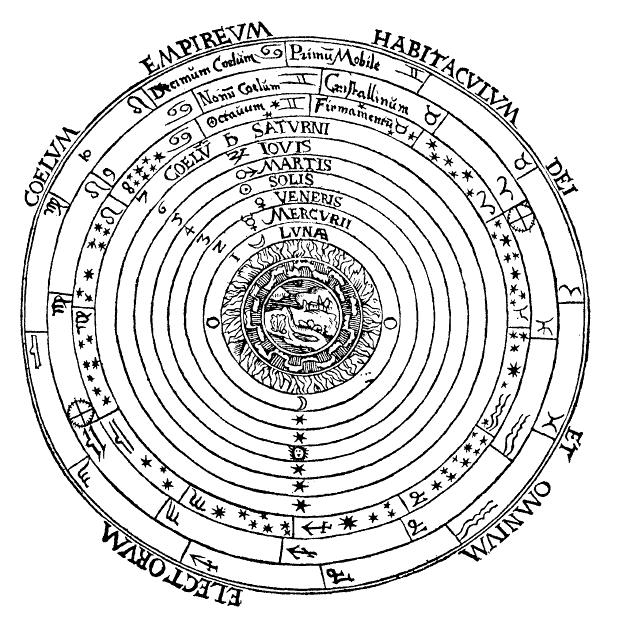
The Ptolemeic or geocentric system has all of the visible planets orbiting the Earth.
Spirits and Spells
Because of planetary magic’s ubiquitous nature, it includes and influences a wide range of magical practices and techniques. For example, it is deeply embedded in divination. While astrology is the most obvious of these, even modern Tarot is steeped in planetary magical concepts.
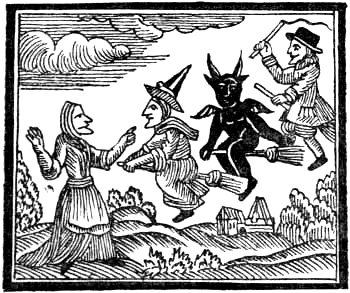 Many grimoires that deal with planetary magic also deal with the spirits associated with the planets. Probably the most well-known of these spirits are the planetary archangels such as Michael, Raphael, and Gabriel. Another well-known group of planetary spirits are the Olympic spirits of the Arbatel, such as Phaleg, Aratron, and Ophiel.
Many grimoires that deal with planetary magic also deal with the spirits associated with the planets. Probably the most well-known of these spirits are the planetary archangels such as Michael, Raphael, and Gabriel. Another well-known group of planetary spirits are the Olympic spirits of the Arbatel, such as Phaleg, Aratron, and Ophiel.
These various planetary spirits, along with classical and neo-pagan deities associated with the planets, are commonly called upon in the creation of planetary talismans and in a wide variety of magical rituals, spells, and rites.
Planetary Magic Today
With such a rich history to pull from, it is no surprise that today planetary magic is a fertile source of inspiration for the modern practitioner. Planetary magic offers ample opportunity for a variety of practices, from scrying to talismans to astrological magic.
To learn more about the history of this fascinating topic, check out this two-part podcast I made with Douglas Bachelor of What Magic Is This?. We examine the life and works of famous Renaissance magician Heinrich Cornelius Agrippa, known today for his incredible influence on planetary magic.
To get started with your own planetary magic practice, check out my series of classes on planetary magic in the Arnemancy Shop.
-
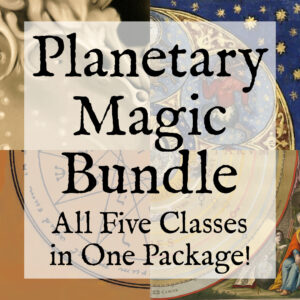
Planetary Magic Bundle (All Classes!)
$99.00 Add to cart -
Sale!
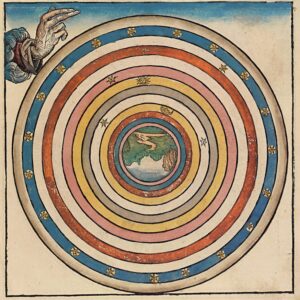
Planetary Magic I and II Bundle
Original price was: $50.00.$40.00Current price is: $40.00. Add to cart -
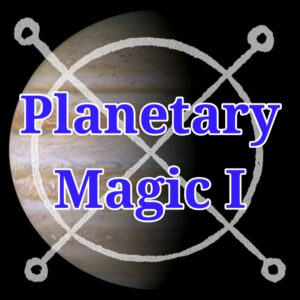
Introduction to Planetary Magic (PM1)
$25.00 Add to cart -
Sale!
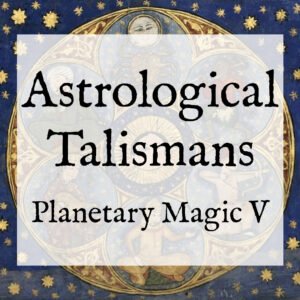
Astrological Talismans (PM5)
Original price was: $25.00.$22.00Current price is: $22.00. Add to cart -
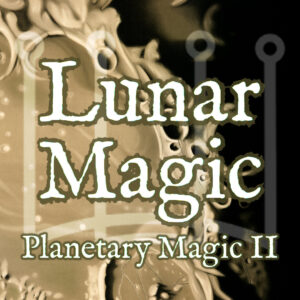
Lunar Magic (PM2)
$25.00 Add to cart -
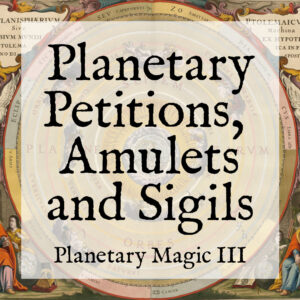
Petitions, Amulets, and Sigils (PM3)
$25.00 Add to cart -
Sale!
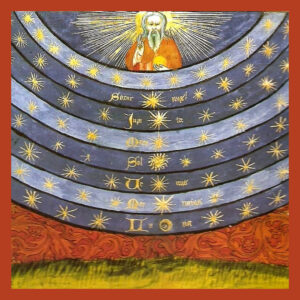
Planetary Magic III and IV Bundle
Original price was: $50.00.$40.00Current price is: $40.00. Add to cart -
Sale!
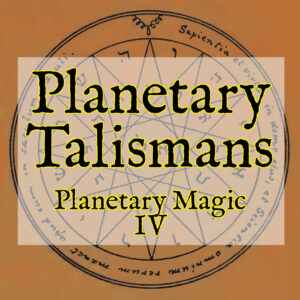
Planetary Talismans (PM4)
Original price was: $25.00.$22.00Current price is: $22.00. Add to cart -
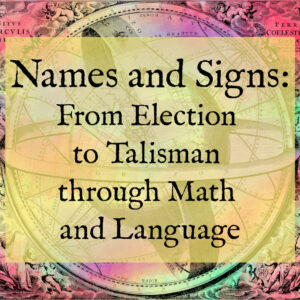
Names and Signs: From Election to Talisman through Math and Language
$10.00 Watch Now!
Did you like this article? My patrons received it five days early. Support my work on Patreon!


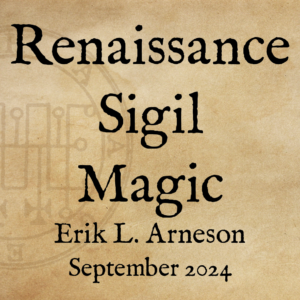
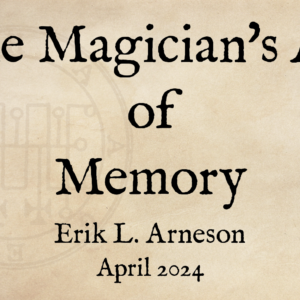
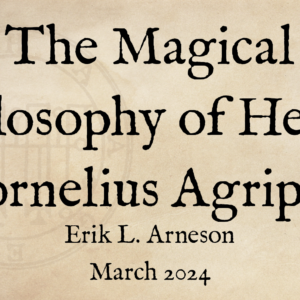
[…] Planetary rulerships of the decans are assigned sequentially, beginning with the first decan of Aries, which runs from 0° through 9°, and is ruled by Mars. The second decan of Aries, 10° through 19°, is ruled by the Sun, and Venus rules the third. Rulership continues in Chaldean order, which is the order that the planetary spheres are placed in your standard classical Ptolemaic cosmos. […]